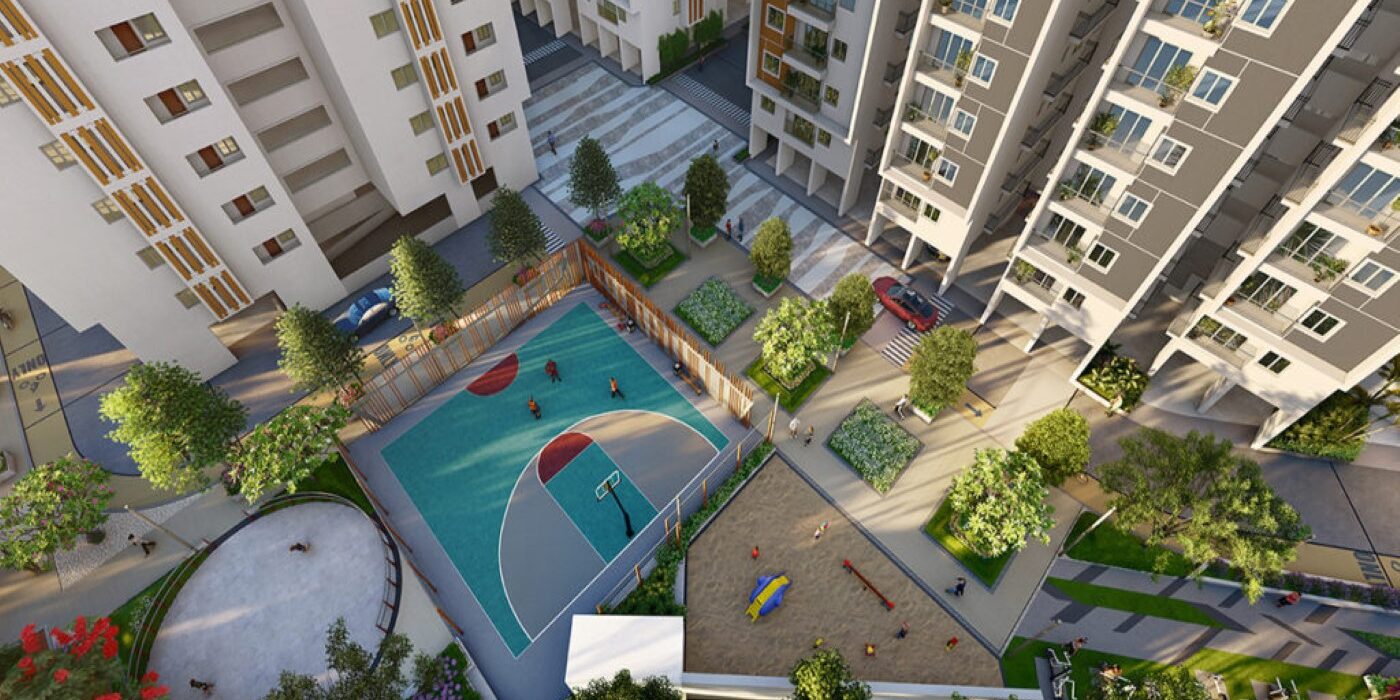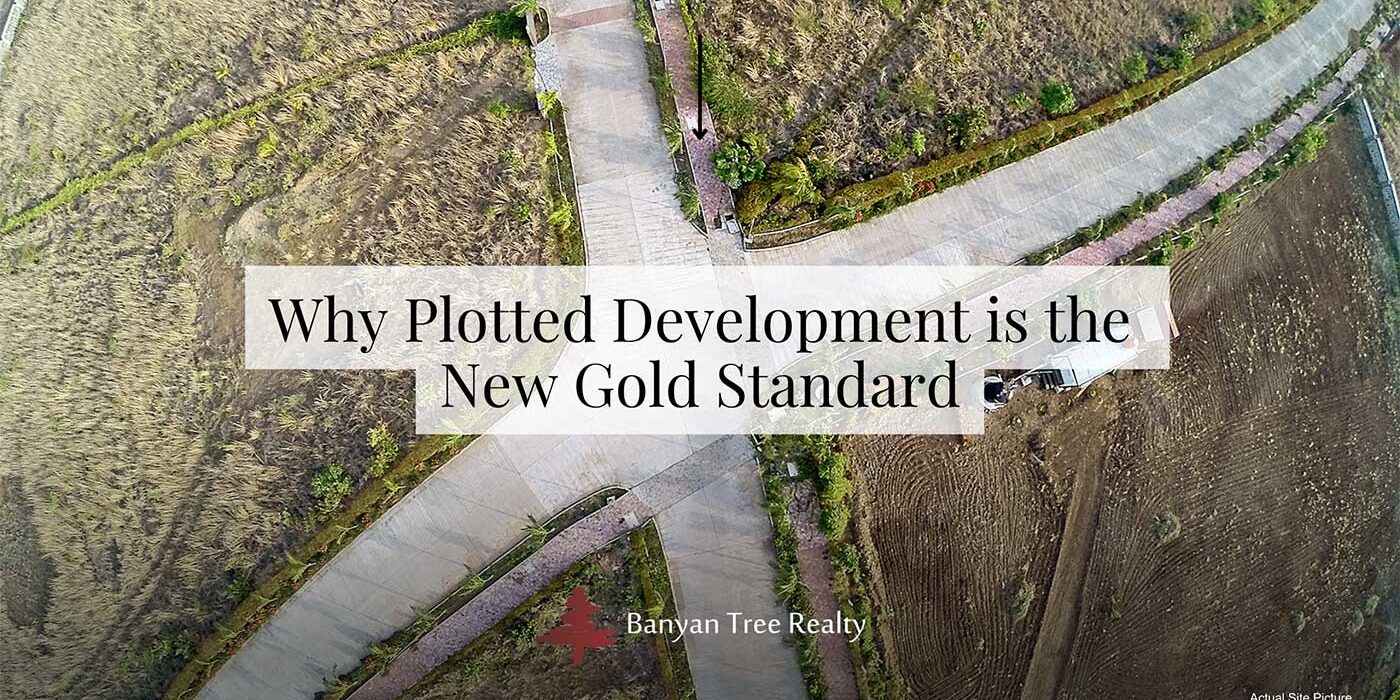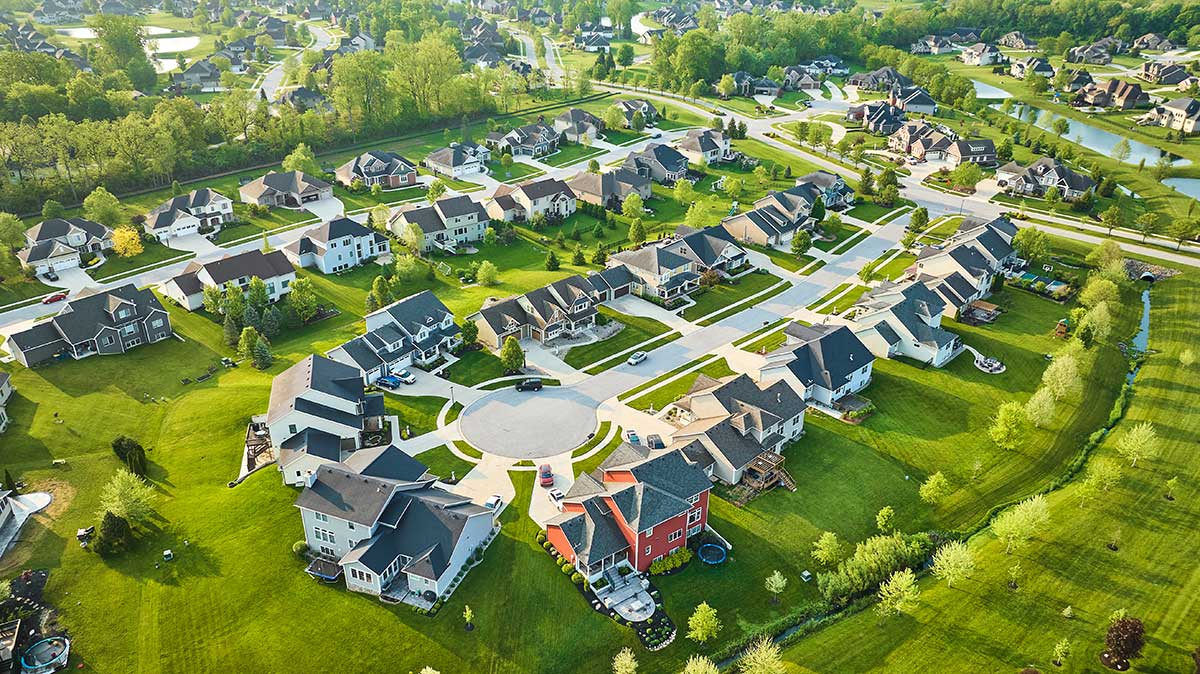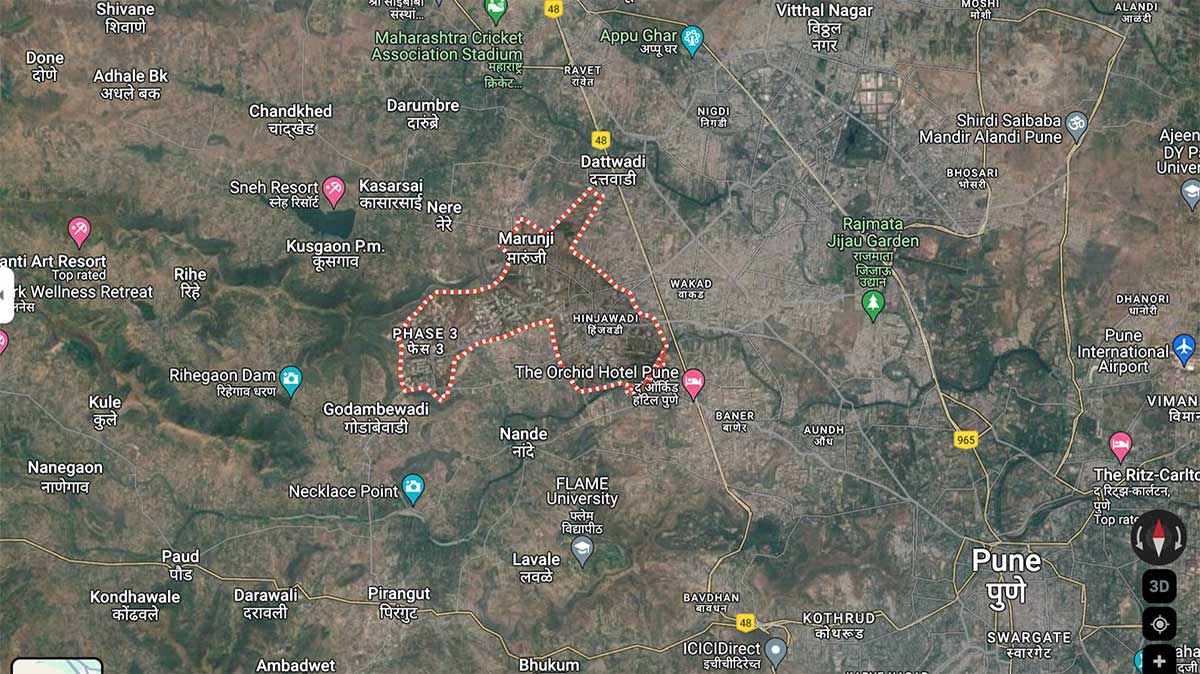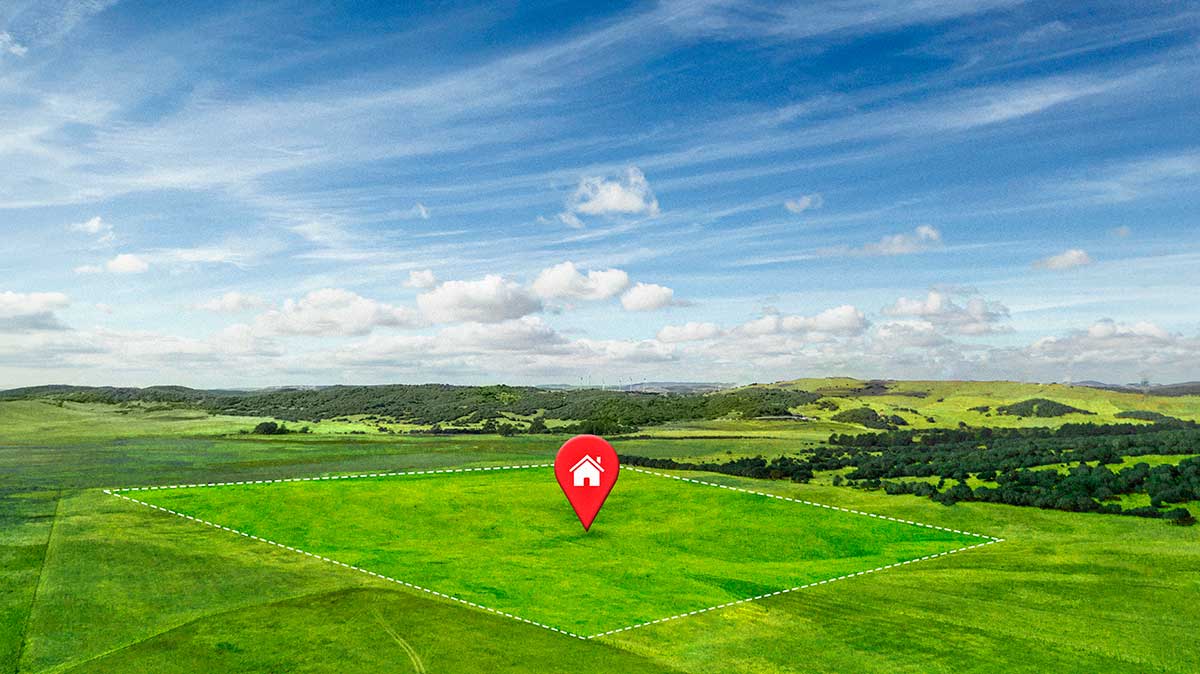Lifestyle Enclaves: Designing Spaces That Foster Community and Connection
The essence of lifestyle enclaves lies in crafting spaces that do more than house people—they create communities. Such developments are meticulously designed to foster social interactions and nurture bonds among residents, all while offering the comfort and luxury of modern living.
Community Through Design
Design plays a pivotal role in encouraging community interaction. Open, shared spaces like parks, community halls, and leisure facilities are central to this philosophy. These common areas become hubs where relationships can blossom over shared interests and activities. The layout is intentional, with walkways and open seating that invite casual encounters and conversations.
Amenity-Rich Living
Lifestyle enclaves are characterized by a wealth of amenities that serve as natural gathering points. Fitness centers, swimming pools, and even on-site cafes offer residents places to meet and mingle in an informal setting. These amenities aren’t just about luxury; they’re about creating spaces where community life can thrive.
Technology as a Connector
In the digital age, technology is a tool to enhance connectivity. Integrated smart-home systems and community apps can streamline communication, facilitate the sharing of resources, and schedule community events. They also offer platforms for neighbors to connect and engage with one another virtually, breaking down the barriers of busy urban life.
See also: The Harmony of Design and Nature in Contemporary Architecture
Sustainability and Connection
Eco-friendly features are another hallmark of lifestyle enclaves. Sustainable materials, green spaces, and environmentally conscious designs reflect a shared value system and foster a collective sense of responsibility. These green initiatives often create natural opportunities for community engagement and education.
Safety and Security
A sense of safety is foundational to community building. Gated entrances, security systems, and well-lit, open designs give residents the peace of mind that is conducive to social interaction. When people feel safe, they are more likely to engage with their surroundings and with one another.
Lifestyle enclaves represent the next evolution in residential living—one that values the power of community as much as the allure of individual space. They are designed not just for living but for living well together. This approach to real estate development is about building homes that are part of a larger, interconnected community, catering to those who seek meaningful connections in their daily lives.
